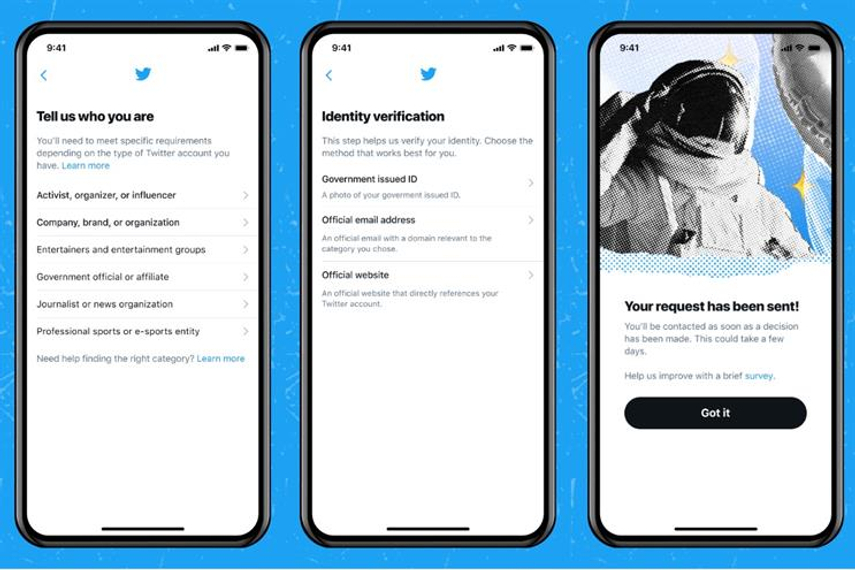
Please sign in or register
Existing users sign in here
Having trouble signing in?
Contact Customer Support at
[email protected]
or call+91 22 69489600
The badge will help users validate the authenticity of accounts which are of high public interest

Contact Customer Support at
[email protected]
or call+91 22 69489600
Top news, insights and analysis every weekday
Sign up for Campaign Bulletins
IAA India and Snapchat brought together agencies and creators for a hands-on look at AR’s growing role.
Here's something that might surprise media planners: when someone watches live sports on their TV, and someone else watches on their phone, they're probably not the same person switching devices. They're actually different audiences.
M&C Saatchi revenues hit by US government shutdown while S4 Capital blames 'lower project-based revenue and continued client caution'.
Read announced his departure from WPP in June.